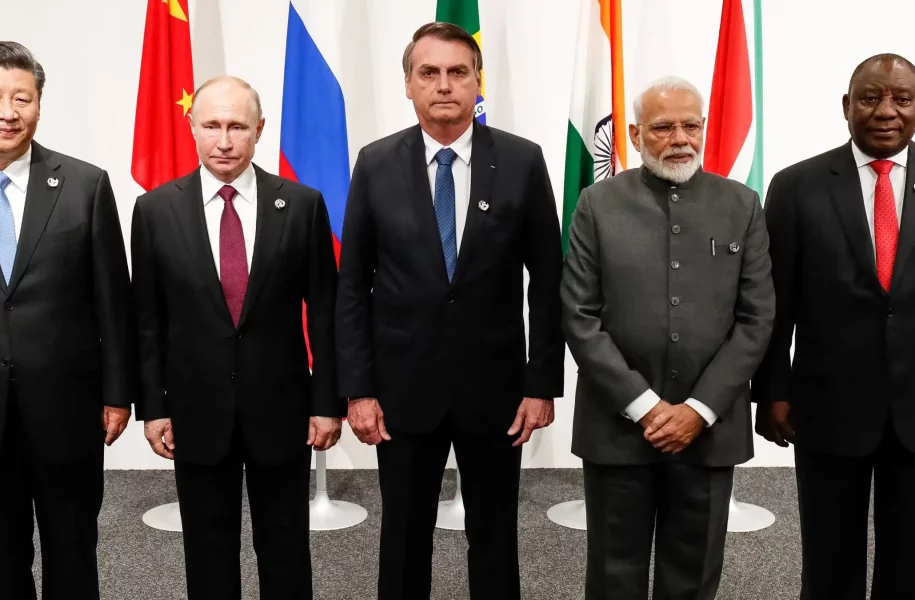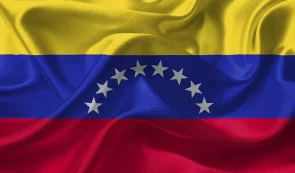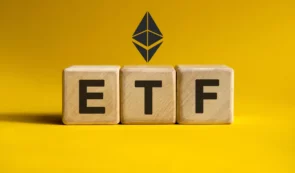BRICS: Understanding the Economic Powerhouses of the Global Stage

In 2001, Jim O'Neill published a paper titled "Building Better Global Economic BRICs," highlighting the growth potential of Brazil, Russia, India, and China, which accounted for 8.03% of the global GDP at the time.
The paper proposed reorganizing world policymaking forums to include representatives from the BRIC nations, anticipating their increasing significance. Over two decades later, with the addition of South Africa in 2010, the BRICS countries now contribute to 26% of the global GDP.
However, a closer examination reveals mixed economic performances among the member nations. Let’s explore an economic overview of each BRICS country:
Brazil 🇧🇷
- 2003: Rank 14
- 2013: Rank 7
- 2023: Rank 10
- 2028: Rank 8
Brazil, the leading economy in Latin America, is expected to emerge as the tenth-largest economy in 2023, with a projected GDP of $2.08 trillion, according to the IMF. Brazil is internationally recognized for its vast Amazon rainforest, covering over 60% of its territory. The country has experienced rapid agricultural expansion driven by global demand, favorable market prices, and technological advancements. However, Brazil has faced challenges such as corruption scandals, political hurdles, inflation, unemployment, and income inequality, which have hindered its growth potential. Consequently, the country has achieved an average GDP growth of only 0.6% over the past decade. The World Bank categorizes Brazil as an upper-middle-income country.
Russia 🇷🇺
- 2003: Rank 16
- 2013: Rank 8
- 2023: Rank 11
- 2028: Rank 11
Russia, the largest country in the world, represented 11% of the global land mass. In 2022, it had the eighth-largest economy with a GDP of $2.21 trillion. However, the ongoing war with Ukraine has caused significant economic damage, shrinking Russia’s economy by $152.65 billion in 2023. Consequently, it will drop out of the top ten global economies list. Russia is an upper middle-income economy and the largest member of OPEC+ in terms of proven oil reserves and GDP size. It aims to diversify its economy and reduce dependence on oil and gas exports by increasing the share of non-commodity and non-energy exports.
READ MORE: Bitcoin: Unveiling the Resilient Market Dynamics
India 🇮🇳
- 2003: Rank 12
- 2013: Rank 10
- 2023: Rank 5
- 2028: Rank 3
India, renowned as the world’s largest democracy, stands out amidst the uncertainties prevailing in the global economy. The country possesses solid macroeconomic fundamentals, exercises fiscal discipline, maintains high saving rates, experiences robust domestic demand, benefits from demographic trends, and enjoys political stability. In 2022, India surpassed the United Kingdom to secure its position as the world’s fifth-largest economy. While approximately 20% of its GDP is contributed by exports, India primarily relies on domestic consumption. The growth of the middle class and evolving spending patterns have further bolstered the nation’s consumption levels. It is estimated that India’s nominal GDP will reach $3.76 trillion in 2023 and is projected to grow to $5.57 trillion by 2028, positioning it as the third-largest economy globally. The World Bank classifies India as a lower middle-income country, and it is predicted to achieve a remarkable GDP size of $26 trillion by 2047, accompanied by a substantial increase in per capita GDP.

China 🇨🇳
- 2003: Rank 6
- 2013: Rank 2
- 2023: Rank 2
- 2028: Rank 2
China’s GDP is expected to reach $19.37 trillion in 2023, accounting for 18.43% of the global GDP. By 2028, its GDP is estimated to reach $27.5 trillion, representing 20.5% of the global GDP share. China is classified as an upper-middle-income country by the World Bank. The COVID-19 pandemic impacted China’s economy, leading to slower growth in 2022. The real estate sector and declining property sales posed challenges, but the economy is expected to rebound with growth rates of 5.2% in 2023 and 4.5% in 2024. However, according to the World Bank, China still faces a structural slowdown in the medium term.
RELATED: BRICS Expansion: Shaping Global Alliances and Challenging US Influence
South Africa 🇿🇦
- 2003: Rank 29
- 2013: Rank 31
- 2023: Rank 39
- 2028: Rank 42
South Africa, undergoing a transition to democracy since the mid-1990s, initially experienced positive developments. However, the country has faced stagnation and numerous challenges in the past decade. Issues such as power shortages, inefficiencies in state-owned enterprises, and a dual economy have weighed on economic growth. Electricity supply shortages have particularly hindered growth since 2007. South Africa’s GDP is estimated to be $399.01 billion in 2023 and is projected to expand to $468.56 billion by 2028. It is classified as an upper-middle-income nation by the World Bank.
Source: NASDAQ














